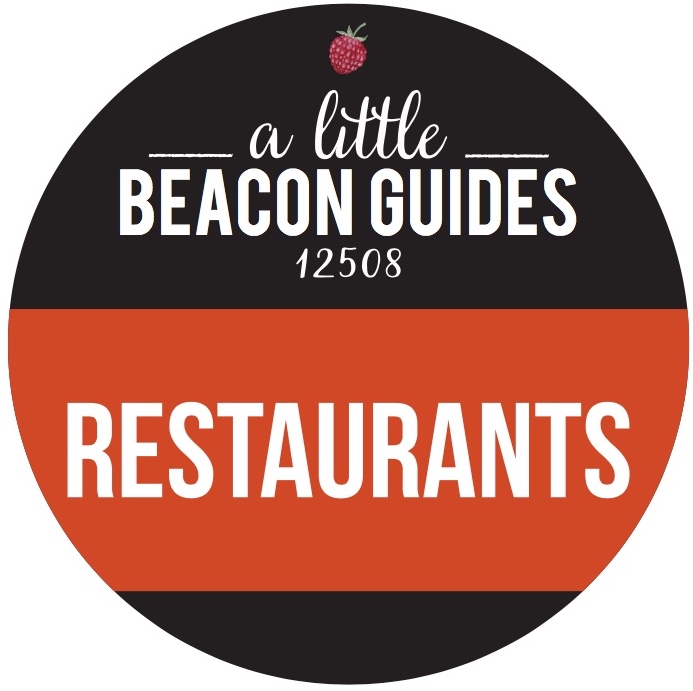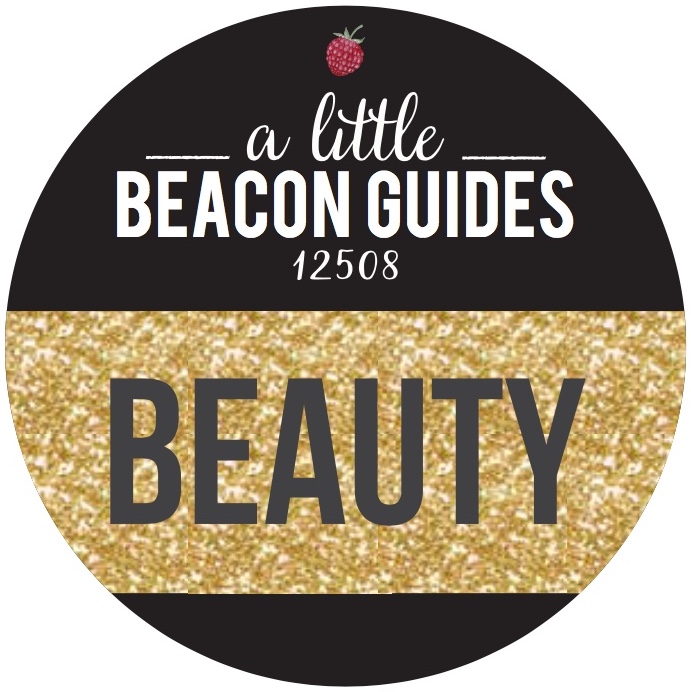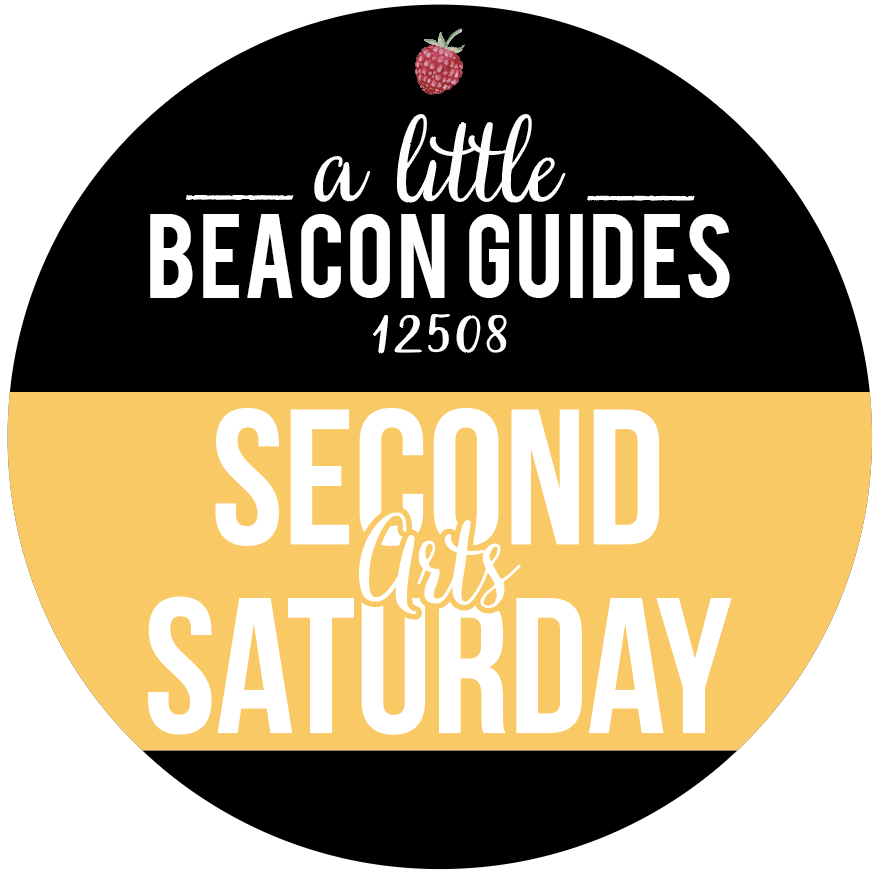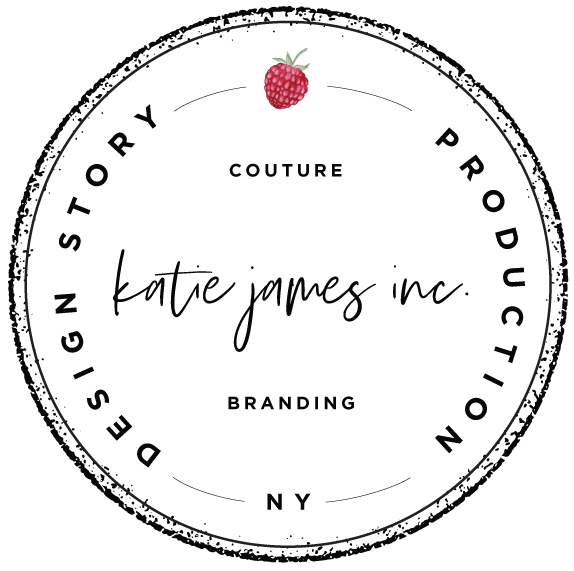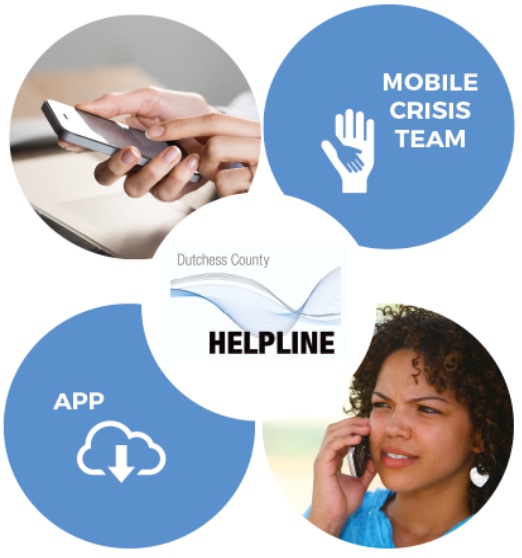Interview With Melanie Falick, Author of "Making A Life" and Co-Curator Of Maker Film Festival In Beacon
/Photo Credits: From “Making A Life” by Melanie Falick.
It’s not often that the concept of a book is brought to life in the form of a collection of long and short films screened at a local theater. But that is what is happening this weekend, Saturday, February 29 and Sunday, March 1, 2020. Local author and revered publisher Melanie Falick has published her book, “Making A Life” after three years in the works. The book’s arrival onto shelves in 2019 wasn’t the end of that journey. Ideas for a film festival percolated and came to life at Story Screen Beacon with the cooperation of the theater’s founder, programmer and co-owner, Mike Burdge.
What follows below is an interview with Melanie, to find out how a book author, dedicated to a life of making things, co-curated a film festival that brings Beaconites and visitors to our city/town a taste of well-known makers in some specific fields, but mostly unknown to the rest of us.
Poster for the Maker Film Festival at Story Screen. Feb. 29 and Mar 1, 2020.
Most exciting (to this writer), aside from exploring the unknown makers and methods that will be lighting up the screen, is one of the films with a focus on Natalie Chanin, of the fashion and lifestyle line Alabama Chanin (see ALBB’s article for the list of films). Natalie was known for employing women and quilters in Alabama to stitch T-shirts with hand-made flowers and other details you’d pine for.
This writer’s discovery of Alabama Chanin was during my indie designer days when I was producing accessories. I’d been working with a stitcher in the Garment District of New York City. When he closed up shop to open a Chinese restaurant, I somehow discovered Reita Posey, a one-time stitcher for Alabama Chanin, before that phase of the fashion label disbanded for a bit (they are back now). I’d send Reita my fabric and pattern, and she’d send back my inventory.
I valued Reita’s work so much, even though I was not doing the work myself. Something I internally struggled with, and actually had me not sell my things in the Etsy world, because I did not physically stitch each one (something which the Etsy community/rules have moved beyond now).
Working with one’s hands is key to getting in touch with oneself, even if you’re not a professional and even if you don’t know what you’re doing. I just special-ordered my copy of “Making A Life” at Binnacle Books (they have a super easy online form!) and there are now signed copies at the Raven Rose shop on Main Street (near the mountain, across from the Howland Cultural Center) and copies will be available at Story Screen during the festival.
And now, the interview with Melanie on how the Maker Film Festival came to be, and how she got this book published, from concept to pitching it (learn all about Melanie here, including more about her career in publishing):
ALBB: Had you always known you wanted to produce a film festival to fuel the makers movement/lifestyle you are encouraging in your book? How did this come about?
Photo Credit: From “Making A Life” by Melanie Falick.
After I finished writing “Making a Life” but before it came out, I started talking to a few friends at the dog park here in Beacon about a maker film festival (the dog park being the place in town where I regularly socialize). Everyone there seemed excited about the idea, including Marjorie Tarter, who also happens to be one of the owners of Story Screen Beacon Theater. She introduced me to Mike Burdge, another owner and the person who runs the theater, and he was enthusiastic from the get-go.
I wrote “Making a Life” as a way of sharing my belief that making by hand is part of what makes us human and that it can play a key role in our personal wellness as well as the wellness of our communities, culture, and environment. After I finished writing, I knew that I wanted the book to be a springboard for generating conversation and affecting positive change. I also knew that I wanted to get more involved in what is going on locally. The film festival is ticking all of those boxes.
Can you take us into the process of making your book? How long did it take you? From concept to pitching it to making it?
I came up with the idea and submitted a proposal for “Making a Life” at the end of 2015 and began working on it in spring 2016. It was published in October 2019, so the process took a little over three years. However, much of my adult life, both personally and professionally, has revolved around making by hand. It has guided how and where I live, who I spend time with, the work I do, and the places to which I choose to travel.
ALBB: How did you pitch your book? You have a comfort level from your career working in book publishing. Did this help?
Lia Ronnen, the publisher at Artisan, and I had started talking about the possibility of working together in Spring 2015, after I left my job as a publishing director at Abrams (I had my own imprint there called STC Craft / Melanie Falick Books). When I came up with the idea for “Making a Life,” I told her about it on the phone, then quickly wrote a short proposal.
At that point I had been working in publishing for more than two decades—as an author, editor, and publisher—so I definitely had an advantage when it came to understanding the process and what a publisher is looking for. I also had an advantage because Lia was familiar with my body of work, including two books I wrote that were published by Artisan in the late 1990s (Knitting in America and Kids Knitting) and sold very well.
ALBB: How did you discover these films shown in the Maker Film Festival at Story Screen Beacon? Why have you selected this list?
Curating the films for a festival was a new challenge for me. The fact that Mike, who has put on many festivals, was confident in me and could answer my questions, helped a lot. I started by asking maker friends and acquaintances if they had any recommendations, then I began hunting around on the internet, finding new leads, and following them. I watched a lot of films in order to come up with the selection we are offering, which feels relevant to my experience writing “Making a Life” and to the role making by hand plays in modern living.
For example, I chose films about Oaxacan weavers (Woven Lives, Saturday, 3 pm) and Rajasthani block printers (Rediscovering Jajam, Sunday 4 pm) because I visited Mexico and India while researching my book and wanted to share some of what I learned and was inspired by there. I chose The True Cost (Sunday, 1 pm) because what I call the DIY Renaissance (a growing interest in making by hand) is, in part, a reaction to the dangerous fast-fashion practices that this film reveals. The New Bauhaus shows how handwork, art, design, and industry are interconnected.
Some of the shorts (which run in two chunks, starting at 5 pm on Saturday and 4 pm on Sunday) are about or made by makers featured in my book, including slow-fashion pioneer Natalie Chanin of Alabama Chanin and weaver Jessica Green of A Little Weather.
ALBB: Tell us more about “fast fashion” vs “slow fashion.”
Fast fashion is a buzzword for the practice of having trendy, inexpensive clothing made by cheap labor sources, sometimes in unhealthy and unfair conditions. This clothing is not meant to stay in style or last but, instead to be thrown away and replaced by the next fashion trend. The slow-fashion movement—which includes both making and mending clothing—reflects a growing sensitivity about the social, economic, and environmental impact of the fast fashion process.
ALBB: Is Natalie Chanin still producing? I worked with one of her stitchers when I was having my own designs produced.
Natalie Chanin remains at the helm of Alabama Chanin. Her Florence, Alabama-based company has several different arms, including handsewn couture collections made by artisans in and around Florence; machine-made collections designed and manufactured on site; and the School of Making, through which they educate makers and sell DIY supplies.
ALBB: Thank you, Melanie, for your answers! Tell us about a few quick moments in some of the films that we should keep our eye out for.
—There is a short on Saturday about the artist Ann Hamilton. In it she is shown working on an interactive installation in an old industrial space that makes me think of all of the potential spaces for interactive artwork in the old buildings in Beacon.
—In Oaxaca, Mexico, culture, community, cuisine, landscape, handwork, and history come together in such natural ways. I visited there when I began my research for “Making a Life” and I can’t wait to go back, but for now I can watch Woven Lives and travel there in my mind. I hope viewers will enjoy the journey as much as me.
—I hope The New Bauhaus and a short we’re showing about Black Mountain College on Sunday will inspire viewers to talk about the value of hands-on, experiential, interdisciplinary learning with art at its core. A lot of people are talking about STEM education these days. I just read an article about integrating art into it so that we have STEAM (science, technology, engineering, art, and math).
###
Find more of Melanie at other events, during her author tour, which you can keep up with here.







